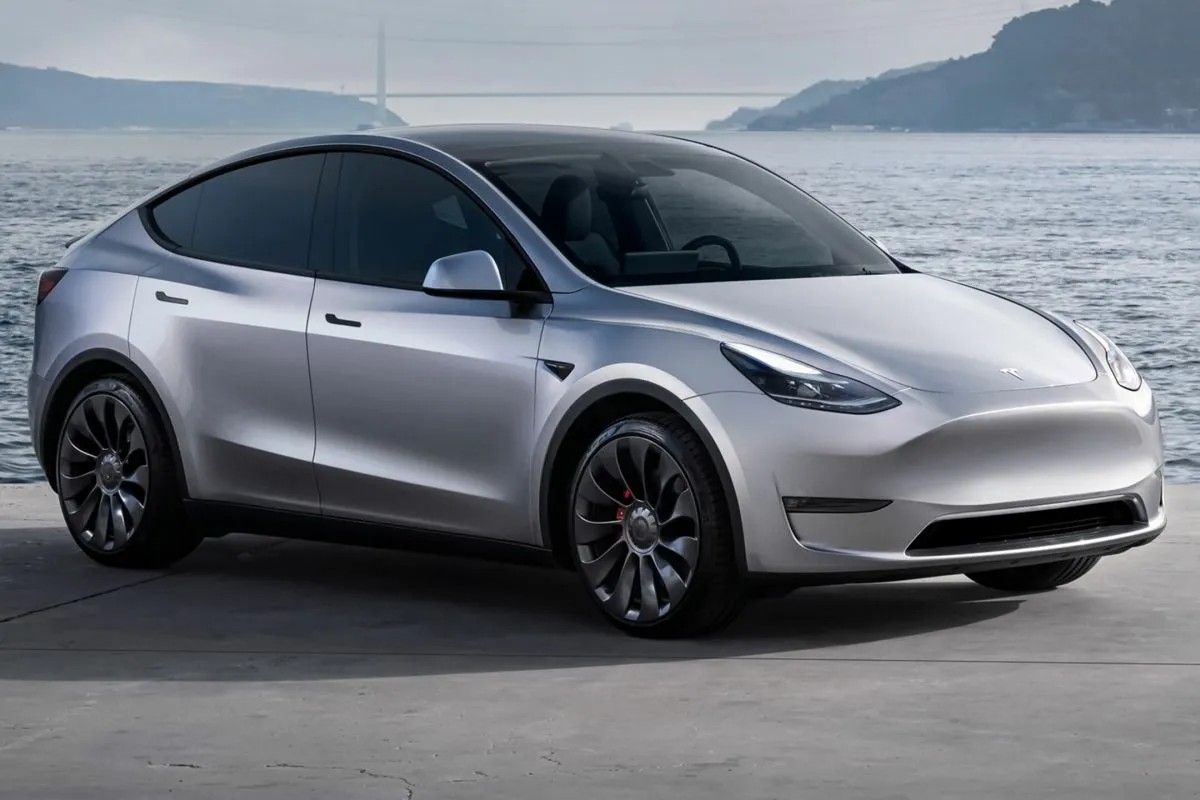New York – Tesla, once synonymous with cutting-edge innovation and industry dominance in the electric vehicle sector, is now facing a reality check as its latest earnings report fell short of Wall Street expectations. The final quarter of 2024 saw the company grappling with weaker-than-expected sales, eroding profit margins, and intensifying competition that has begun to reshape the global EV market. The market’s immediate reaction was swift—Tesla’s stock initially plunged by 6% in after-hours trading, only to stage a modest recovery as investors processed the broader implications of the report.
The numbers tell a story of mounting challenges. Tesla’s revenue for the quarter came in at $25.7 billion, a significant shortfall of $1.5 billion compared to analysts’ projections. Net income reached $2.5 billion, marking a 3% year-over-year increase but still falling short of expectations. More troubling for investors, however, was Tesla’s profit margin, which declined to 13.6%—far from the anticipated 16.2%. For a company that has long prided itself on high margins as a key differentiator in the EV space, this contraction raises serious concerns about its pricing power in an increasingly crowded market.
Tesla’s struggles are compounded by an evolving competitive landscape. Legacy automakers, once slow to embrace electrification, are now aggressively expanding their EV offerings. Ford and General Motors have intensified their push in North America, while European giants Volkswagen and BMW have made significant strides in battery technology and manufacturing efficiency. In China, Tesla faces perhaps its toughest challenge yet, as domestic automakers like BYD, Nio, and XPeng gain ground with cost-effective models that appeal to a growing consumer base. This intensifying competition has led Tesla to slash prices across multiple markets, a strategy that, while aimed at sustaining demand, has inevitably impacted the company’s profitability.
Looking ahead, Tesla remains committed to its long-term vision, even as short-term challenges mount. The company reaffirmed that production of its highly anticipated budget-friendly EV remains on track for early 2025, and its futuristic “Cybercab” driverless taxi is still slated for a 2026 debut. However, given Tesla’s history of production delays and missed timelines, skepticism remains among industry observers and investors alike.
Beyond financial pressures, Tesla is also navigating a shifting political landscape. Elon Musk’s deepening ties with President Donald Trump have brought both opportunities and risks. His leadership in the government’s newly created Department of Government Efficiency (DOGE) signals a close relationship with the administration, yet Tesla could face new regulatory hurdles. Trump’s promise to eliminate the $7,500 EV tax credit could make Tesla’s vehicles less affordable to consumers, potentially denting sales. Meanwhile, Musk’s increasingly vocal political opinions—particularly his support for far-right movements in Europe—risk alienating a segment of Tesla’s environmentally conscious customer base.
As Tesla steps into 2025, the company faces a confluence of pressures—ranging from operational and financial challenges to political and reputational risks. Whether Tesla can maintain its leadership in the EV space will depend not only on its ability to execute its ambitious plans but also on how it navigates the shifting dynamics of the global automotive industry. Investors and consumers alike will be watching closely as Tesla’s next chapter unfolds.









